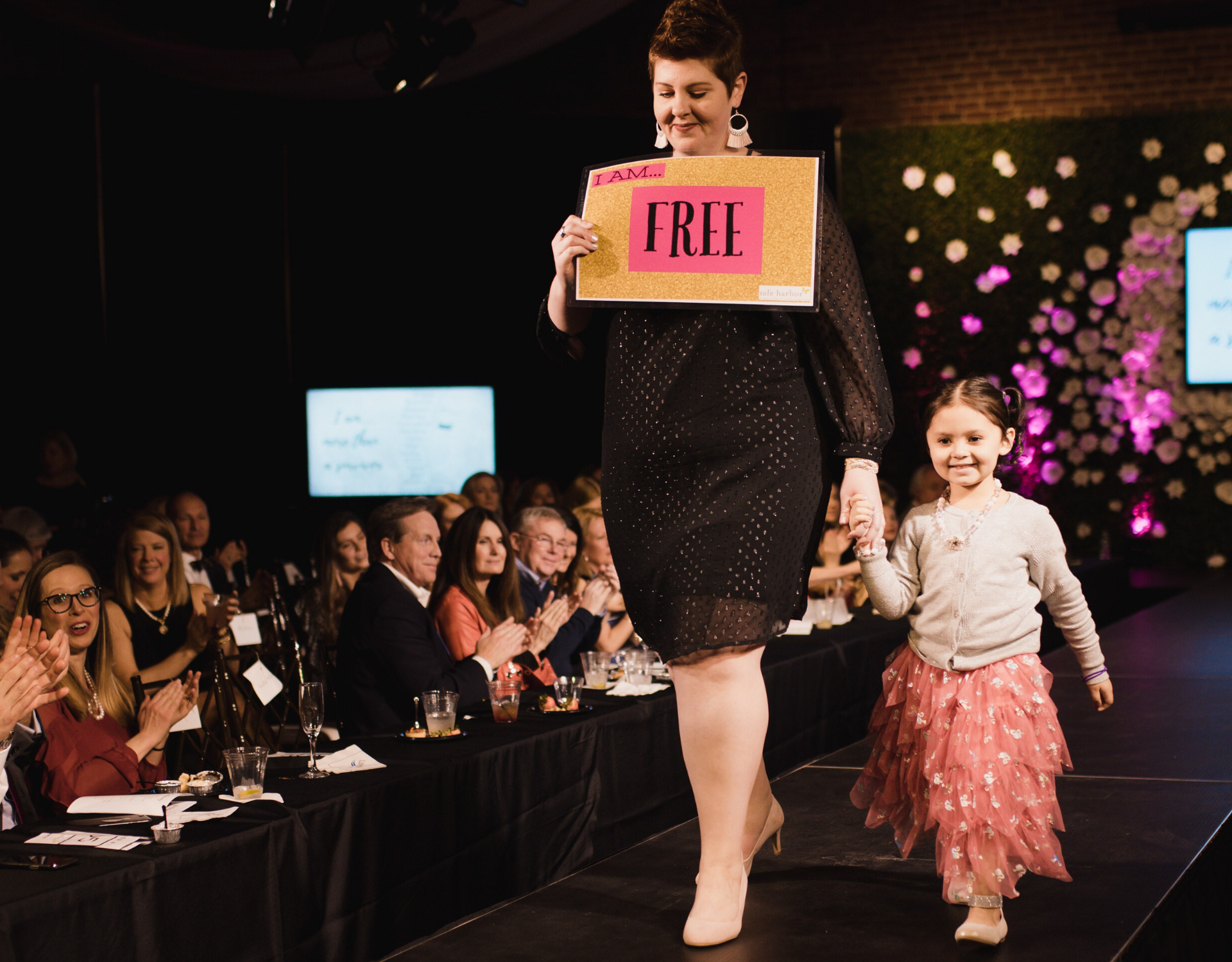
by Amanda Callahan, REP Educator for Anderson/Oconee
REP (The Relationship Education Project) is Safe Harbor’s teen education program, engaging and empowering young people to make healthy relationship choices and to prevent dating violence. In this post, our REP Educator for Anderson and Oconee Counties, Amanda Callahan, shares some thoughts and insights from her classroom experiences during the 2012/2013 school year.
Caravanning across Anderson and Oconee Counties can be quite a job. From the long and beautiful car rides to the incredible discussions with students, the role of REP Educator is quite a delight. Here’s a glimpse into two of the schools where I worked last semester and some thoughts on REP outcomes.
TL Hanna High School is one of my favorite schools to visit…Go Yellow Jackets! We have been able to create an important and lasting relationship with the teachers and administration there. The Keystone Class is a mandated course for all freshmen, teaching basic skills to be successful in and out of high school. From studying to friendship skills, the class inevitably talks about dating. Our healthy relationship curriculum goes hand-in-hand with the program.
I teach REP 5 in all Keystone classes at TL Hanna. In order to reach all freshmen students through each class, I’m there all semester long, teaching 3 sections of REP 5 back-to-back over 15 weeks. The students are incredibly insightful and keep me on my toes. While the curriculum keeps us moving, the discussion is very rarely the same. Sometimes, I find my mind wandering in the middle of a discussion with students and realize, wait, I’m in a 9th grade class and having a college level discussion about victim-blaming and the psychology behind it. As my students would say, “FR” (“for real”).
To illustrate – this semester, we talked a lot about the Steubenville Rape Case in Ohio. Most of the students had heard about it. I would ask a student to describe what they knew about the case. Often, they would begin with a tale that included a lot of victim-blaming – “she shouldn’t have been drinking” or “she shouldn’t have stayed out alone”. These types of comments generated some great teachable moments. During these discussions, I found myself helping students to redirect their thinking from, “I can’t believe she let that happen! “ to, “Why did this happen to begin with?” mindset. Most of the students get that transition. Later in the class, when we brought up the abuse in Chris Brown and Rihanna’s relationship, some students had already made the transition. When we talked about the violence that happened to Rihanna, there was usually a student who would speak up and say, “What did she do to deserve that?!?” And I knew mindsets were changing when another student answered back, “Why did he think it was okay to do that to her?” These conversations show me that REP is working.
At Riverside Middle School in Pendleton, where we launched our REP 5 curriculum at a middle school for the first time, the students really got this idea. We talked a lot about how the media and our experiences influence the decisions we make. We explored healthy and unhealthy relationships in the media and talked about why we compared our relationships to them. We talked a lot about self-esteem and the need to fit in. These conversations are critical in creating a shift in values and getting students to understand that violence is something that happens because we learn it. We are surrounded by experiences that shape our attitudes and inevitably our actions. From The Jersey Shore to our homes, we witness what “love” looks like; the things that we observe tend to shape our ideals or expectations about what “love” will look for us as individuals. And when reality doesn’t match up to that, we often resort to some pretty unhealthy behaviors.
Although my title is “Educator,” I learn just as much from the students as I teach. Not only do I learn cool stuff like “FR” or awesome iPhone tips, I also learn about how everyone processes relationships differently. I am reminded of how awkward and hard it can be during this age. I learn how incredibly brave friends are for speaking up; how much courage it takes to dump a bully before it gets bad; how hard it is to go through abuse at home and then actively change your way of existing in order to not turn around and do the same thing. I hear these stories in almost every classroom I visit, and it reminds me that growing up today isn’t that easy. Every person and relationship is different.
We can reduce the prevalence of dating and domestic violence. As a culture, we need to take the time to have real conversations with young people. We need to counteract the messages from the media and from past violent exposures. It can be done. We can change societal values that influence and perpetuate the cycle from repeating itself by stopping it before it ever starts in another person’s life.
That is it: the answer to preventing domestic violence. Prevention starts with a subtle shift in thinking about this epidemic: the realization that abuse IS NOT the fault of the victim or anything they said or did but rather the responsibility of the abuser. It is also our responsibility as society for allowing abusive behaviors continue and not reaching out to help that person, whether they are victim or abuser. The answer is in making sure our young people have the education and knowledge to distinguish between healthy and unhealthy relationships, so that they can ultimately have the choice to understand and break of the cycle of violence.
To learn more about Safe Harbor’s REP program, visit www.repsc.org.



